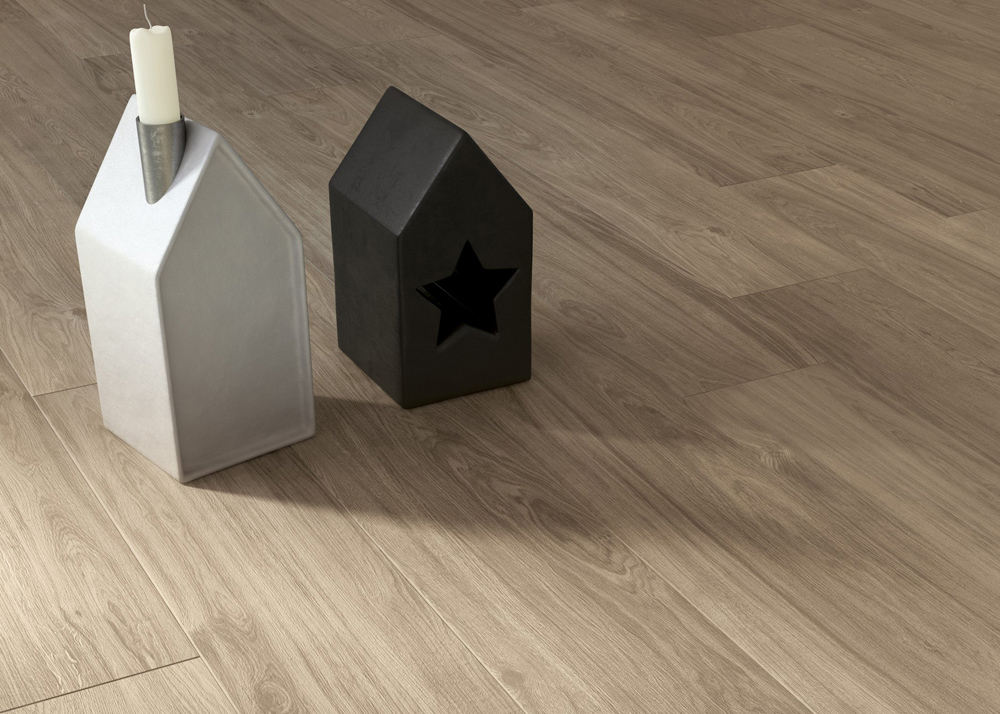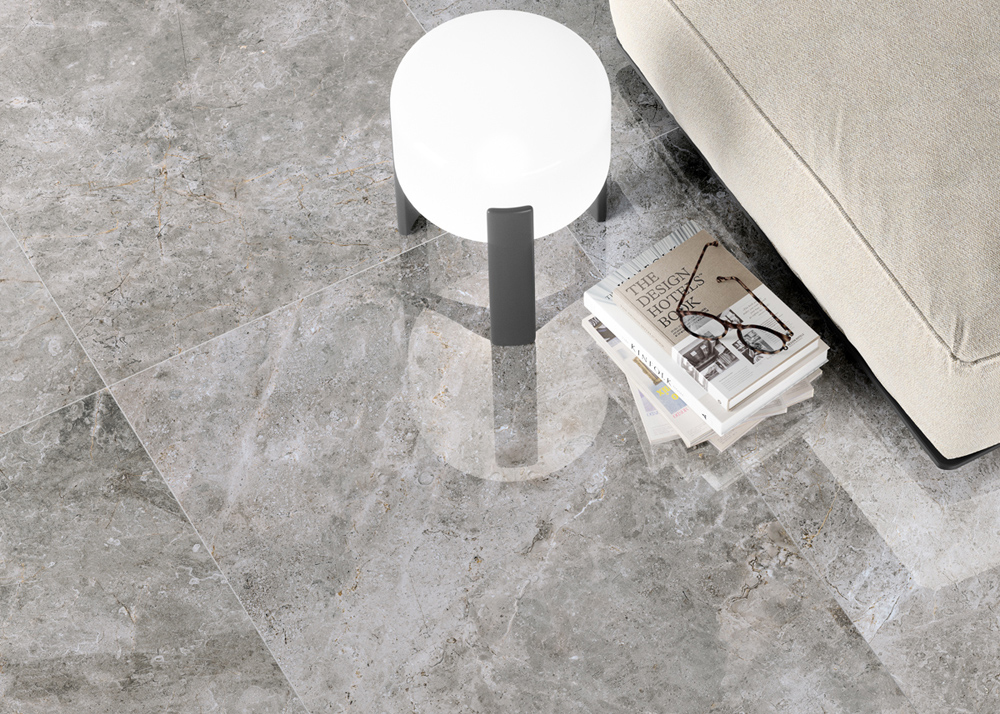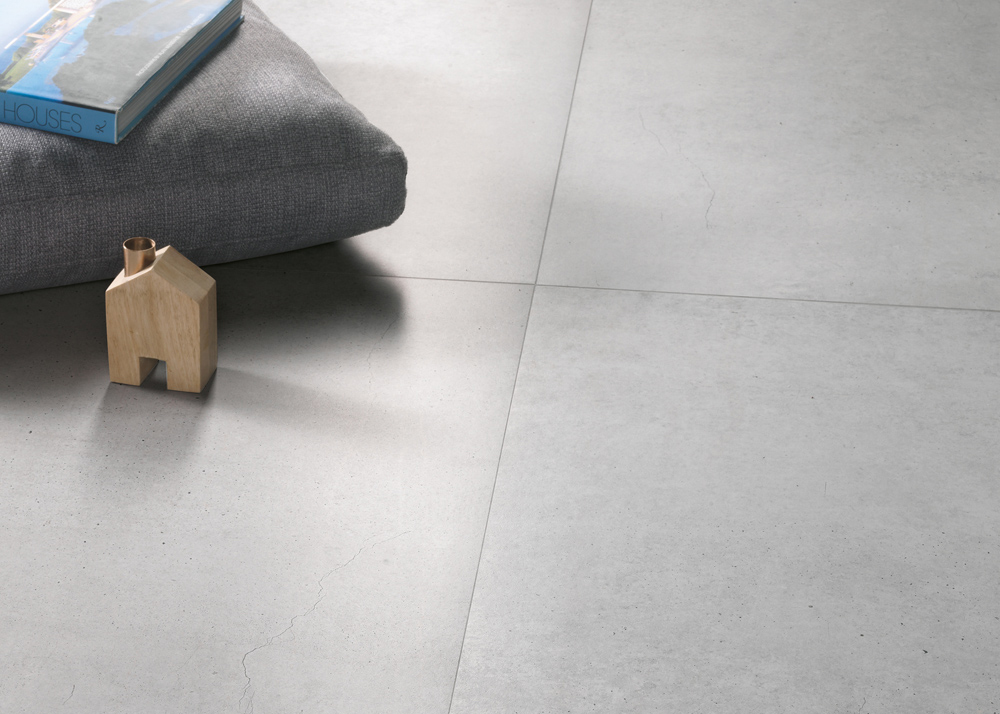Shade variation in porcelain tiles
The term “shade variation” is the differences in the colour and/or surface you see with the tiles in any one collection. The differences in the shades of the single tiles can result in them looking uneven when you see them side by side, and so strong variations in shading is a plus point for collections that are inspired by natural materials, like stone or marble. More moderate variation in shading is a value for ceramic lines where even colour is important for defining “cleaner” surfaces, and often is closely linked to “designer” looks.
As a result, we recommend taking tiles from several boxes when fitting these tiles to ensure the finished surface has the optimum degree of variability and randomness. Given the nature of the product, any references to colours here are only provided as a guideline.
There are three categories of variations in shading and the various collections are classed with one of these (highly patterned tiles obviously do not come under this classification system):
V2 – Slight Variation
The colour of the tiles is basically uniform with some shading in similar tones. These soft effects of light and shade on a surface do not compromise its homogeneity, whether it is the natural grain that is typical of wood or the veining of marble, the grainy texture of stone, characteristic scratching of metal, the marks of concrete or plaster-look effects.
V3 – Moderate Variation
The product has deliberately moderate variation in the shading, resulting from the original grain or veining of the natural materials, or produced to suggest vintage effects, an aged look or a particular texture. The collections aim to represent the variation and richness of nature, the effects of the passing of time or of the passage of man, creating balanced results that are very attractive.
V4 – Substantial Variation
The evident contrasts are used to depict the natural and cultural references that inspired the collections. Luxurious combinations of wood, stone or marble with marked variability in their colour, particularly aged raw materials, make the effect of the strong variation in the shading very noticeable, especially with larger surfaces.


